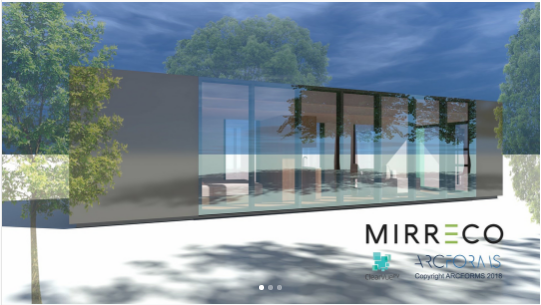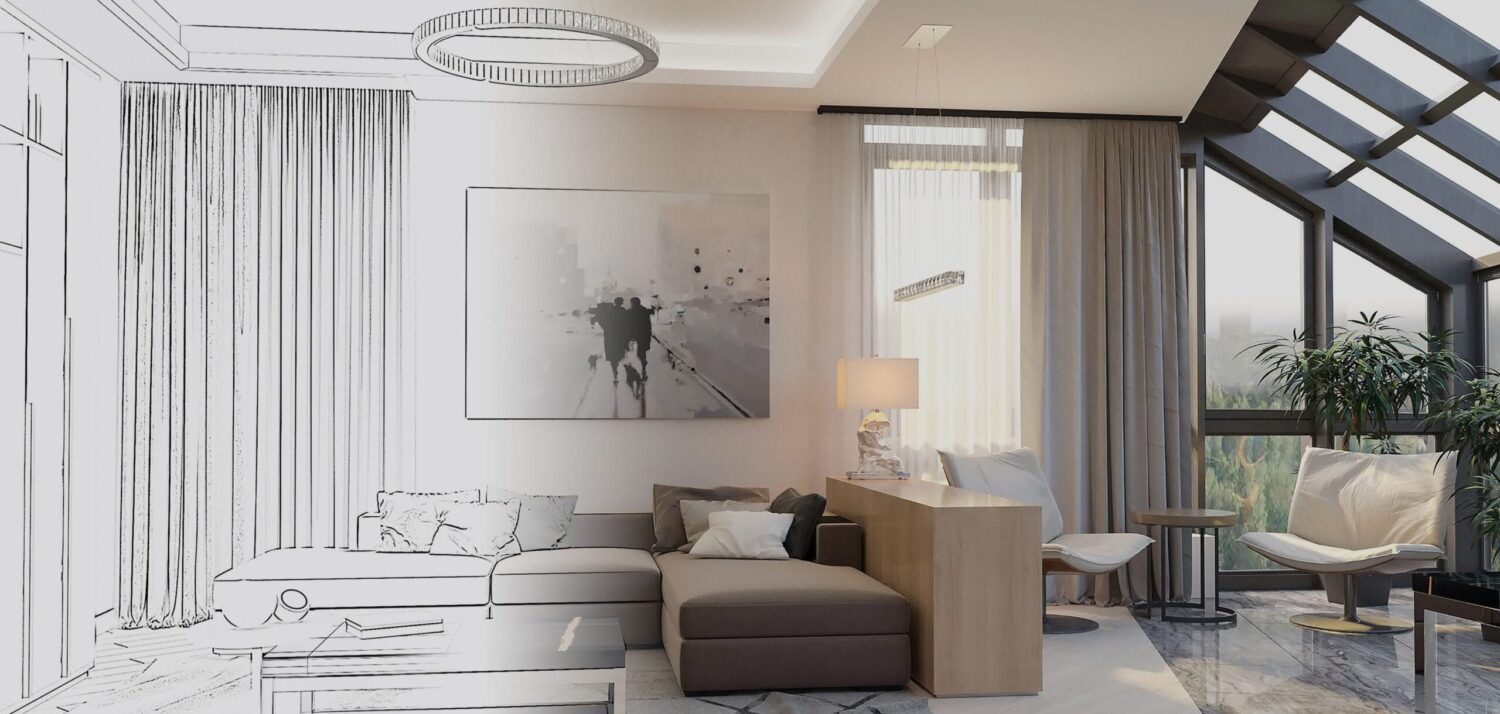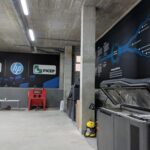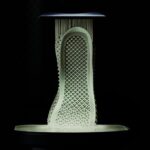

The fact that there continue to be advances in the areas of green building should come as no surprise. What is fascinating to watch, however, are the ways in which those developments occur. It requires a great deal of thinking outside of the box and the consideration of a wide variety of complicated factors to ensure that a project isn’t simply greenwashing (i.e., painting as environmentally friendly something which has below surface negative impacts) in an attempt to pander to the currently fashionable green trend. The Australian bio-technology company Mirreco has dedicated itself to just that as part of its mission to help avoid the consequences of global warming.
Their trick in this game has come from the marriage of hemp and 3D printing. Hemp is a product that has garnered a lot of attention both for its potential and for its association, and confusion with marijuana. Hemp has been in use to greater and lesser degrees since it was first spun into usable fiber over 10,000 years ago. Since then, its uses have continued to multiply as it continues to prove to be an incredibly versatile material, including for 3D printing. Mirreco’s contribution to this long history has been to develop carbon-neutral hemp panels that can be 3D printed into floors, walls, and roofs.
The company recently released the concept for a sustainable hemp home, designed by Perth-based architectural firm Arcforms.
“The floors, walls and roof will all be made using hemp biomass, and the windows will incorporate cutting-edge technology that allows light to pass through glass where it is converted into electricity,” Mirreco says.

The hemp development comes at the same time as a concrete 3D printing project resulting in the construction of a series of five homes in Bosrijk, close to the southern Dutch city of Eindhoven, that will be ready to be inhabited next year. The construction project, undertaken by a series of partners and spearheaded by Eindhoven University of Technology (TU/e), is promising to cause a tectonic shift in the way in which 3D printing is integrated into design and construction. TU/e Professor of the Built Environment Theo Salet highlighted one important way in which this technology is a game changer:
“In design, for instance, we can create shapes that normally can hardly be made, and that if they can be made, are only produced in large quantities. But here we can do unique industrial custom-made work.”
The construction is created using a plus sized printer that lays down the material in layers, building up into any form, restricted only by structure and imagination. The homes themselves look like the result of a love match between Hobbiton and the Easter Island heads. The ultimate test will be in their livability. It’s all well and good to be able to produce something, but to be able to create it such that the people who inhabit the spaces do so comfortably and with enjoyment is a test that technology often fails. There’s more to architecture than just keeping the rain out, but if anybody is set to take that on, it’s the Dutch, the very birthplace of the idea of gezellig – the act of being cozy and convivial. Consortium spokesperson Rudy van Gurp understands this as well as anyone:
“It’s important to think like the end-user. An end-user wants a nice house in a nice location. Now we’re able to use that technology to create a beautiful house, a place you want to live in and come home to.”
The buildings promise to not only be superior in their energy saving, but also shift the thinking about production timelines and the accessibility of custom design’s previously restricted availability. In addition, this method of construction should see a reduction in the amount of waste currently generated in association with residential construction projects. The true test, however, will be one of time as the inhabitants move in and experience the houses from the inside.
What do you think of this news? Let us know your thoughts; join the discussion of this and other 3D printing topics at 3DPrintBoard.com or share your thoughts below.
[Source: The New Daily]
If you're looking to request photorealistic CGI in the USA, our service offers an easy and efficient way to get stunning, lifelike renderings for your architectural and real estate projects. Through our platform, you can quickly request high-quality CGI images that accurately capture the essence of your designs. Whether it's for a residential or commercial property, our experts specialize in creating realistic 3D renderings that highlight every detail, bringing your vision to life with exceptional clarity and precision.
Through our website, requesting photorealistic CGI becomes a seamless experience. With our help, you can get highly detailed 3D visualizations that look just like photographs, providing a realistic representation of your project before it's even built. Our team ensures that every element, from textures to lighting, is meticulously rendered, giving you an impressive, lifelike result that will leave a lasting impact on your clients and stakeholders.






Leave a Reply
You must be logged in to post a comment.